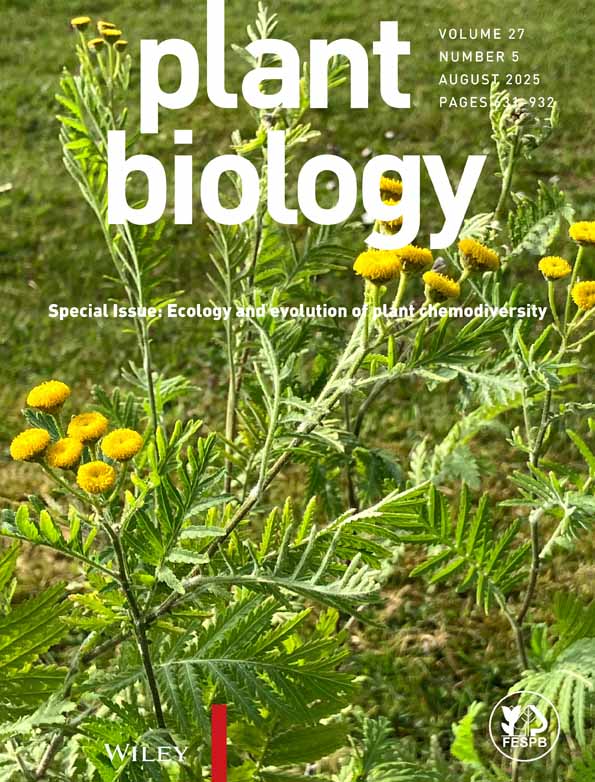The Description of Clones of Quercus robur L. and Q. petraea (Matt.) Liebl. with Microsatellites and AFLP in an Ancient Woodland
Abstract
Abstract: In densely populated areas autochthonous Quercus robur L. (pedunculate oak) and Q. petraea (Matt.) Liebl. (sessile oak) (Fagaceae) populations have been maintained as ancient devastated woodlands. The continuous cutting, grazing and resprouting of such woodlands has enabled the development of clonal structures. For conservation purposes, an analysis of the actual number, size and spatial distribution of clones is necessary, especially when there is an interest in genetic variation of the population. This study describes for the first time - based on microsatellite and AFLP™ analysis - clones in an autochthonous mixed Q. robur and Q. petraea population that has been coppiced and grazed for several centuries. Based on six microsatellite loci and 69 polymorphic AFLP markers, only 14 unique genotypes were detected in a plot that consisted of 80 trees. Clones were observed for both Q. robur and Q. petraea. The largest clone diameters were observed for Q. robur, with distances up to 5.8 m. The observed clone sizes may indicate the age of the trees.
Abbreviations:
-
- PVP
-
- polyvinylpyrrolidone
-
- PCR
-
- polymerase chain reaction




